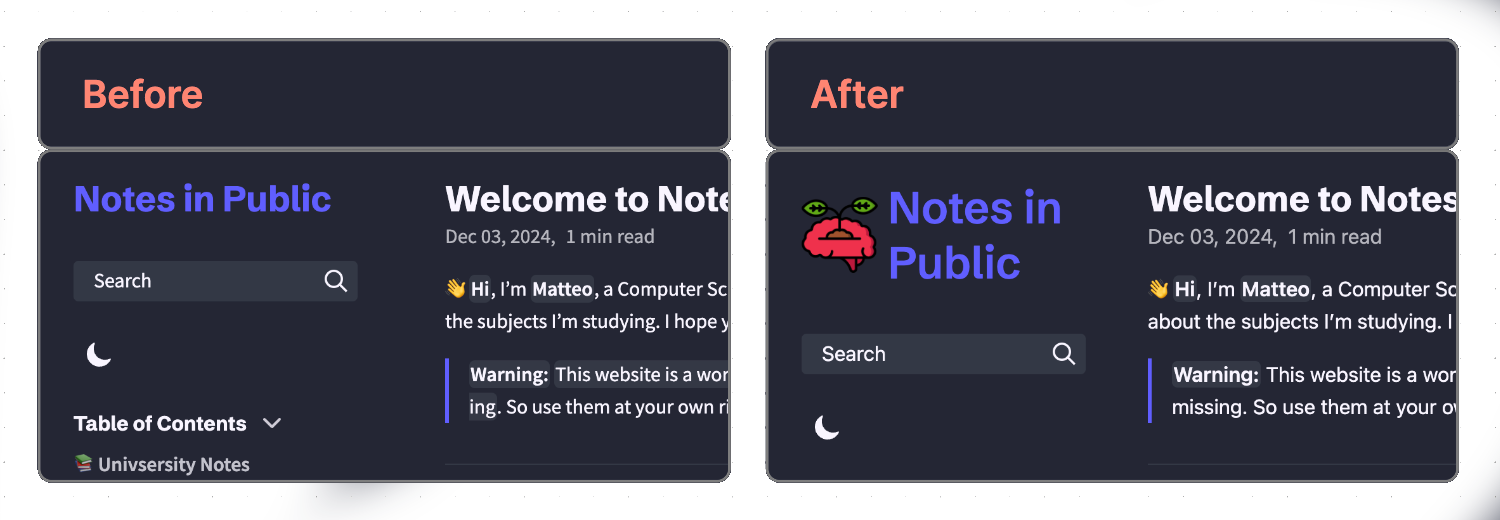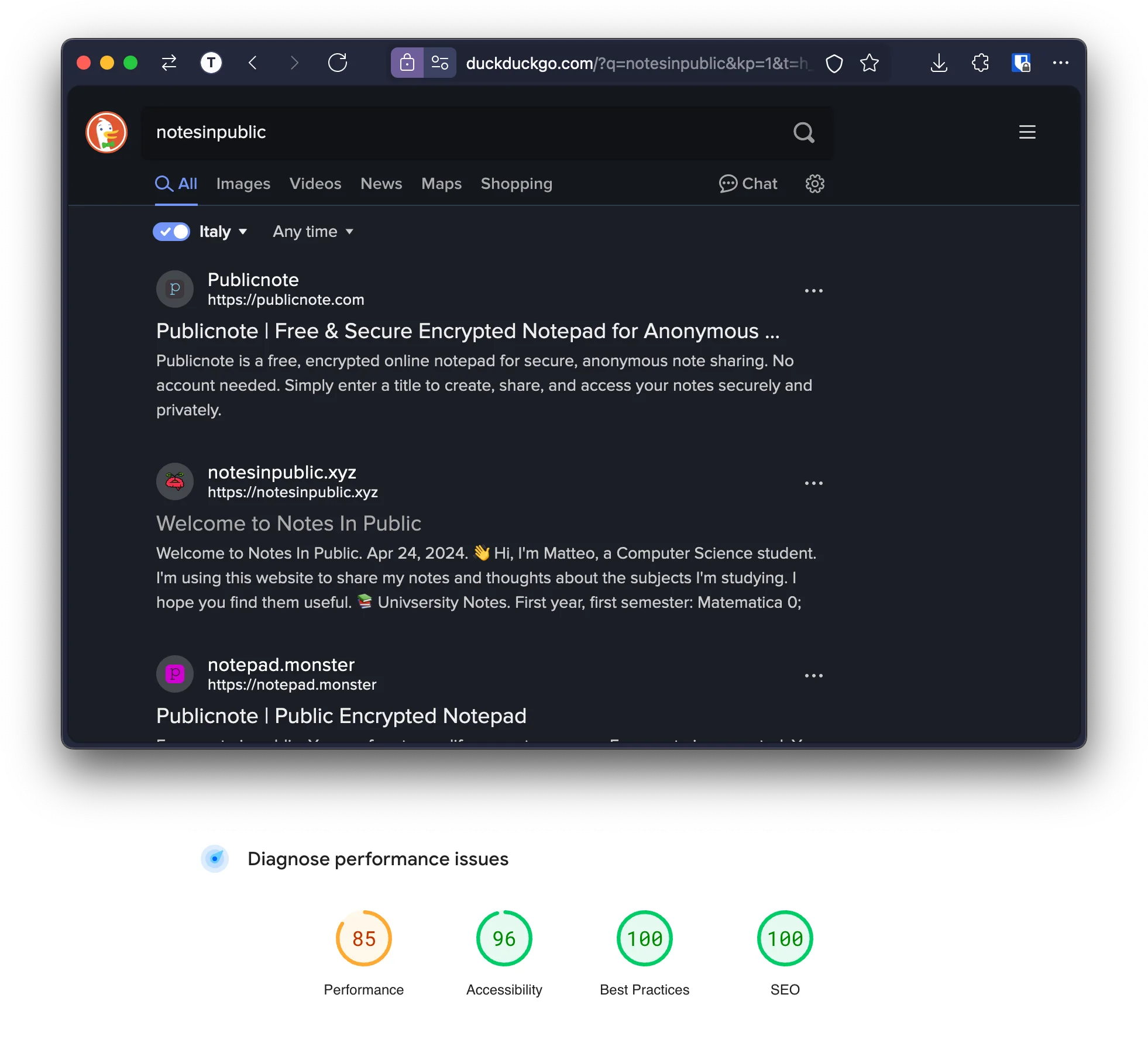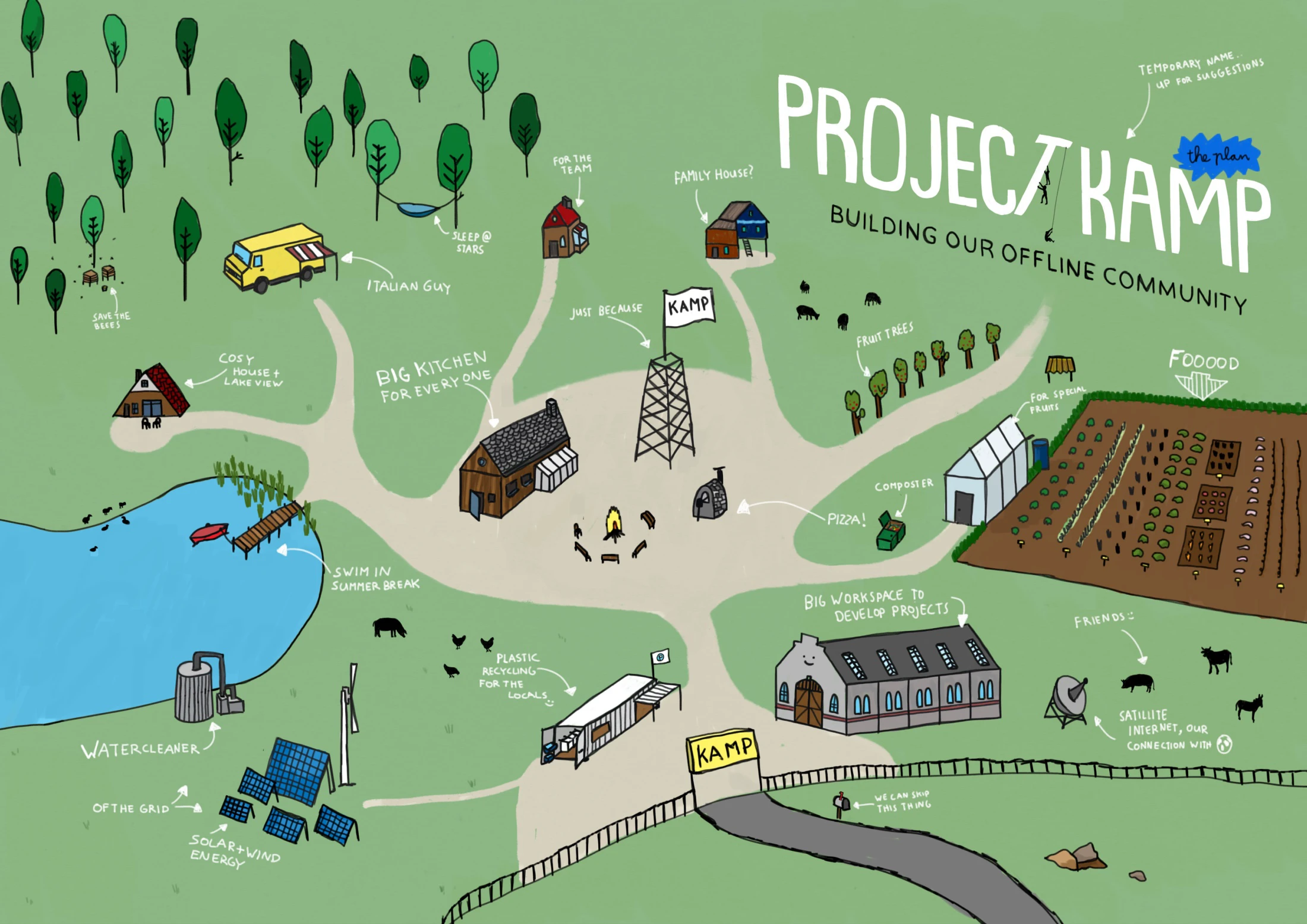As I predicted last month, the initial relaxed atmosphere at the start of university didn’t last long. By November, it’s become clear that everyone is starting to fall behind with their studying schedule, and obviously, I’m no exception.
To take back control on the situation, I decided to start going to the university quite early to work on my coursework in the study room of my faculty. I find it much easier to stay focused in this environment, probably due to the social pressure that motivates me to keep studying instead of getting distracted in front of all the other people.
If I turn a blind eye to the fact that the study room is literally underground with only two small windows (the students have affectionately renamed it the “small bunker”) and that at times it can be a bit overcrowded, I’m really enjoying going there. It’s started to become a special moment because I get to study with my friends there too, which makes it much easier than figuring things out on my own. And the best part is taking a break to grab a snack at the café after an hour or two of studying.
It’s also a great place to meet people who are studying the same course as me but are in different years, and it’s really interesting to receive life advice from students who are ahead on the university path. Something that I had never noticed, but was pointed out to me, is that Computer Science students at my university are quite united and help each other a lot. It’s normal to see people sharing their notes and intel on the subjects with each other. Additionally, it’s possible to find online lots of resources created by students for students.
For me, this was normal, but lately, I’ve talked to friends from other faculties who were shocked when I showed them all the free resources made by my colleagues. I was even more shocked when they told me that in their faculties, it was normal for people to sell their notes. Honestly, I haven’t yet understood why it’s not more common for students to share, because at the end of the day, everyone wins, right?
But what’s even more remarkable to me is how optimized the sharing is among Computer Science students. We use personal sites and blogs to share notes, and have collaborative platforms to help each other.
Here are some of the best and long-lasting resources I’ve found, created by the OGs:
- There’s the Sapienza Students Network , a community hosted on GitHub that’s packed with old exams and solutions made by students.
- There are notes the notes made by Exyss that at times are better of the real books and still are kept updated after years.
- There are also solutions to the exams of the course “Metodi matematici per l’informatica” (Mathematics Applied to Computer Science) made by Princic-1837592, which can be found on GitHub. What’s impressive is that even though he’s no longer a student, he continues to share his solutions to the latest exams.
But so far the resources that have been the most useful to me are the one made from some of my friends and colleagues that are studying at my same year:
- There’s the site made by Alessio, which can be found at alem1105.github.io/Quartz/, with the best notes on the block.
- There are the notes made by Aglaia, which can be found on GitHub at github.com/AglaiaNorza/notes-ig, that are always updated to the latest lesson. In fact, most of the time, she’s even faster than the teacher at publishing the notes from the last class!
- There are also many people who share their Obsidian vaults directly on GitHub, such as Flavio, Diego and Chiara.
Obviously, they are not the only people who share their notes, they are just the ones I know who have shared them online. There are many other students who help each other offline.
I also try to do my part:
- I share my notes here on this site.
- Last year, together with @alessio and @edoardo, we shared all the exercises we did in our 1st year of uni on CS-Swap.
- This year, I’m helping out the Sapienza Students Network on GitHub.
I know that this might seem like a little bit of a sales pitch for my faculty, but it’s just my way of expressing my gratitude and excitement to the people and the community that has created such a collaborative environment, and I want to share that with others.
🌐 Site Update
This month I had fun modifying and messing around with this site. Thanks to my DevOps skills, I managed to break the site multiple times, but I’m happy to report that everything is now up and running “smoothly”.
Here are some of the changes I made to the text formatting:
- Text Color Change: I updated the color of bold text from white (or black) to this.
- Italic Text: I can now use italic text to highlight important points, like this.
- Bold Italic Text: The bold italic text now appears as this.
I really like these text styles, as they make my notes much more readable.
In addition to these text modifications, I also center-aligned the images on the site, thanks to suggestions from @alessio. I was also able to add a site icon at the beginning of the site title, which adds a touch of color and personality.

I’ve documented the entire process in two guides: how to add an icon on the title and how I changed the text formatting.
As someone who doesn’t have much experience with CSS, HTML, or web development in general, For these modifications I relied heavily on the support of my friend @alessio and the wonderful community in the Quartz Discord server.
This month, I discovered that if you search for the site on Google or DuckDuckGo, you will find it in the search results. I have zero knowledge of SEO, but from what I understand, this site has a unique enough name. Apparently I have also followed most SEO rules, such as not using overly heavy images and ensuring high text readability (with good text contrast and font choices). In general, Quartz does a good job of handling SEO things on its own.

Using pagespeed to test the site’s speed, I discovered that I can achieve even better performance by optimizing image sizes and converting them to more efficient web formats, such as WebP and AVIF.
📚 What I’m reading
Not much has changed since my last log. I’m still reading The Hitchhiker’s Guide to the Galaxy, but I’ve slowed my pace and have only read about 100 pages since then. As painful as it is to admit, I don’t think I’ll be able to finish the book. My interest peaked around page 300, and I don’t see myself making it to the end of the series.
What makes this book so special is its humor and the copious amount of absurdity. I believe that this is its greatest strength, but at the same time, it’s also its biggest weakness. In fact, the complete randomness of certain events, in the long run, makes the plot too chaotic, leaving me with a sense of a lack of clear direction.
Honestly, I love how Douglas Adams is able to characterize extremely funny and absurd characters in just a few lines. Each chapter introduces a new character to discover, which is truly fascinating. No other book has ever made me laugh this much, while at the same time leaving me wondering how on earth he came up with certain ideas.
But sadly, the length of the story is a challenge for me. I would probably adore a book that tells many short stories set in a similar universe.
I guess it just wasn’t my cup of Nutri-Matic.
If you are thinking to read this classic collection of sci-fi books go a head, I really think that especially the first book is worth the read, even more if you want to know the answer to the Ultimate Question of Life, the Universe, and Everything.
But if you are an uneducated Vogon and want to know the answer without reading the book, here it is:
The answer to the ultimate question of life, the universe, and everything (SPOILER)
Keep in mind that the plot of Hitchhiker’s Guide spends most of two chapters building up to this moment.
There are descriptions of the majesty of the supercomputer named Deep Thought (which occupies an entire city), the initial disappointment as the researchers discover that the answer will take several million years to compute… and then we come to…
“Good morning,” said Deep Thought at last.
“Er… Good morning, O Deep Thought,” said Loonquawl nervously, “do you have… er, that is…”
“An answer for you?” interrupted Deep Thought majestically. “Yes. I have.”
The two men shivered with expectancy. Their waiting had not been in vain.
“There really is one?” breathed Phouchg.
“There really is one,” confirmed Deep Thought.
“To Everything? To the great Question of Life, the Universe and Everything?”
“Yes.”
Both of the men had been trained for this moment, their lives had been a preparation for it, they had been selected at birth as those who would witness the answer, but even so they found themselves gasping and squirming like excited children.
“And you’re ready to give it to us?” urged Loonquawl.
“I am.”
“Now?”
“Now,” said Deep Thought.
They both licked their dry lips.
“Though I don’t think,” added Deep Thought, “that you’re going to like it.”
“Doesn’t matter!” said Phouchg. “We must know it! Now!”
“Now?” inquired Deep Thought.
“Yes! Now…”
“Alright,” said the computer and settled into silence again. The two men fidgeted. The tension was unbearable.
“You’re really not going to like it,” observed Deep Thought.
“Tell us!”
“Alright,” said Deep Thought. “The Answer to the Great Question…”
“Yes…!”
“Of Life, the Universe and Everything…” said Deep Thought.
“Yes…!”
“Is…” said Deep Thought, and paused.
“Yes…!”
“Is…”
“Yes…!!!…?”
“Forty-two,” said Deep Thought, with infinite majesty and calm.
The Hitchiker’s Guide to the Galaxy, Chapter 27; stolen from here
📹 Video of the Month
This time I’m not sharing just a Youtube video but an entire channel.
ProjectKamp has been one of my favorite YouTube channels over the past few years. They are a group of people from all over the word coming together to try to find another way to live, one that is more in harmony with our environment. In short, they’ve purchased a plot of land in Portugal and are documenting their journey as they work to create a sustainable community. The coolest part that everything is documented and open source.
From each of their videos, I learn a lot and have fun - it’s also extremely addictive to see the camp grow and improve week by week. There’s something inspiring about watching a community come together and thrive, and ProjectKamp’s videos always leave me feeling motivated and enthusiastic.
If you’re intrigued by this project, I suggest starting with their first video of this year, which provides a recap of their progress over the past three years. If you like what you see, be sure to go back and watch their old videos tarting from the first one.
P.S. Their website, community platform are open source on their Github.

Other things that made my November
- Kebabs, precisely 5 (I have a soft spot for falafel kebabs)
- Arcane: I loved the animation style, finding it incredibly innovative and beautiful. My favorite action scene from the series is this one. What also stood out to me was the depth of the characters and their genuine motivations. The line between good and evil is so blurred that I often found myself empathizing with the “bad guys,” which I really appreciated.
- Roasted chestnuts 🌰
- I received my first star ⭐ on Github from someone outside of my friend circle, thanks @PiotrEsse for liking my fact2mp3 repo.
See all the other monthly logs: 📦 Log Archive